Africa/Kenya/17-05-2020/Author: Suleiman Yeri/Source: www.kbc.co.ke
Education Cabinet Secretary Prof. George Magoha has appointed a 10 member committee to explore the best possible strategies of restoring normalcy in the basic education sector.
The committee which starts its work immediately will be headed by Kenya Institute for Curriculum Development Chairperson Dr Sarah Ruto.
The members are Indimuli Kahi, Chair Kenya Secondary Schools Heads Association, Nicholas Gathemia, Chair Kenya Primary Schools Heads Association, Peter Ndoro, CEO Kenya Private Schools Association, Jane Mwangi of the Kenya Association for Independent International schools, Peter Sitienei, chair Kenya Special Schools Heads Association
The committee will also have six ex-official members which include Ruth Mugambi, Patrick Ochich, Gabriel Mathenge, Paul Kibet, Ann Gachoya and Dr Loice Ombajo.
The committee is mandated to advise the Cabinet Secretary on timing for the reopening of basic education institutions including boarding schools, review and reorganization of the school calendar.
Dr Ruto and her team will also advise on the health and safety measures to be put in place by all schools, in addition to identifying institutions adversely affected by the coronavirus pandemic and appropriate mitigation and recovery measures.
The government postponed the re-opening of schools for one month to give more time for the fight against the spread of the contagious disease.
Magoha last Thursday while appearing before the National Assembly Education and Research committee promised in two weeks to release possible scenarios in the school calendar in the wake of the Covid-19 pandemic.
He said the safety of learners is a priority even it means pushing the national exams and re-opening of schools which remains a concern for many to next year.
“If children are going to stay at home for one year, so be it, because they are safe there. The exams can be done next year,” Magoha told the MPs.
The terms of reference of the COVID-19 Education Response Committee are to:
- Advise the Cabinet Secretary on the reopening of Basic Education institutions (Pre-Primary. Primary, Secondary Schools, Teacher Training Colleges and Adult Education Institutions.)
- Review and reorganise the school calendar as part of the COVID-19 post-recovery strategy.
- Advise the Cabinet Secretary on ways of onboarding students/pupils when the schools re-open.
- Document all COVID-19 related matters, lessons learnt and recommendations for future preparedness.
- Advise the Cabinet Secretary on the impact of the COVID-19 pandemic on the demand for education by poor households and suggest mitigation measures.
- Advise the Cabinet Secretary on the Health and Safety measures to be put in place for the pupils/students, teachers and entire school community.
- Identify institutions that may have been adversely affected by COVID-19 and advise on mitigation and recovery measures.
- Submit regular reports to the Cabinet Secretary on the implementation progress of COVID-19 related programmes.
- Any other related duty that may be assigned by the Cabinet Secretary.
Fuente e Imagen: https://www.kbc.co.ke/schools-reopening-magoha-appoints-advisory-committee/
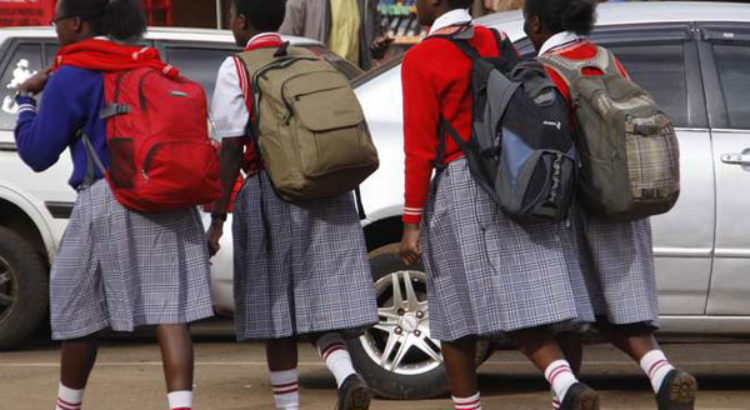
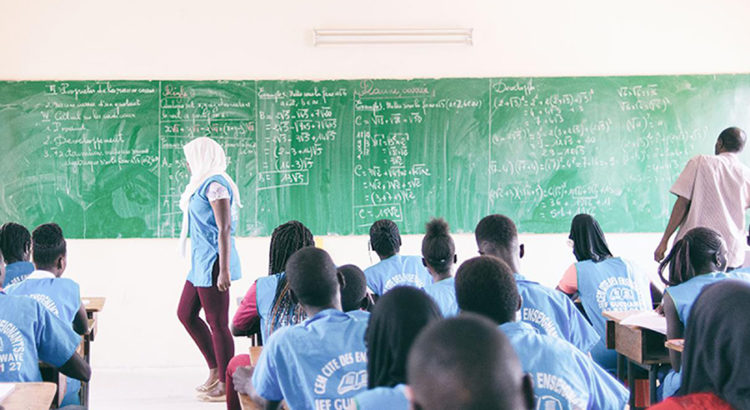

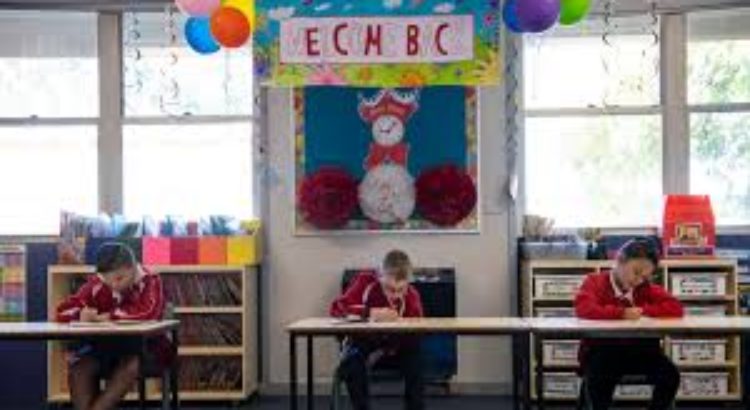
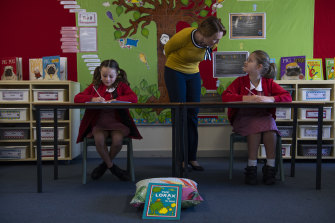
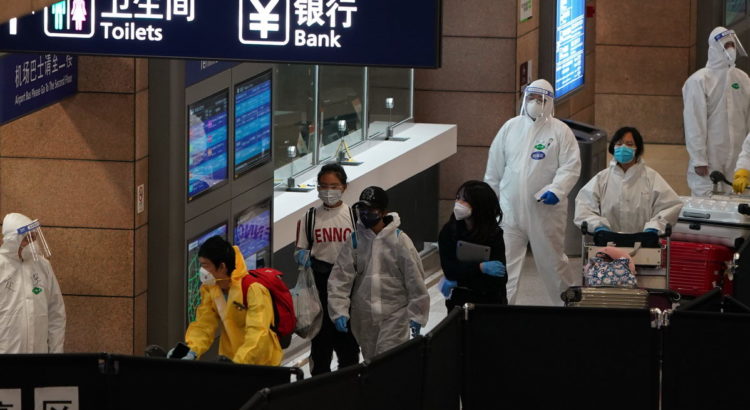
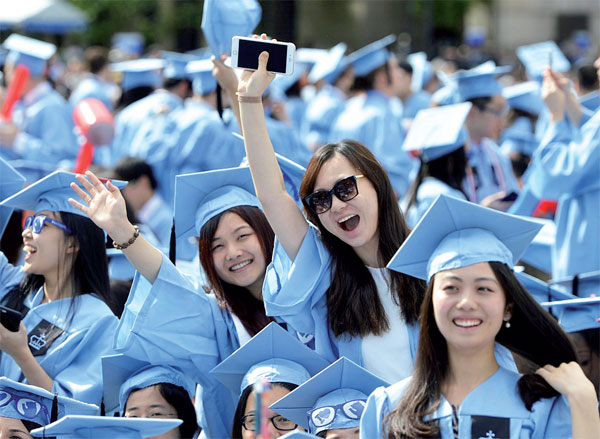
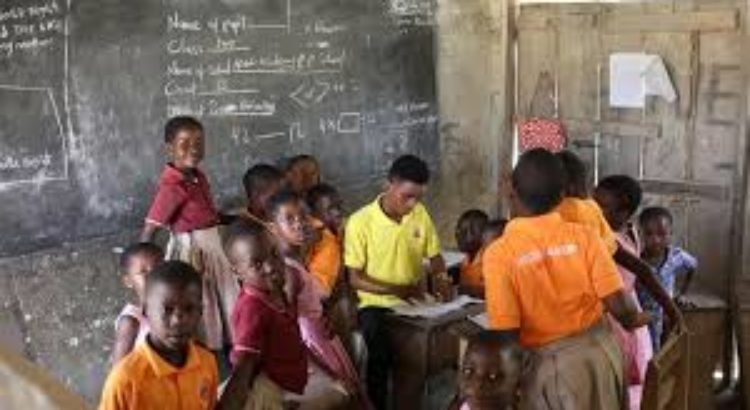
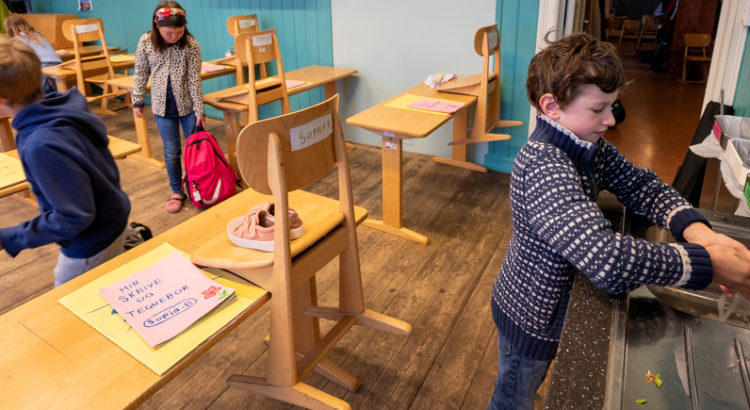







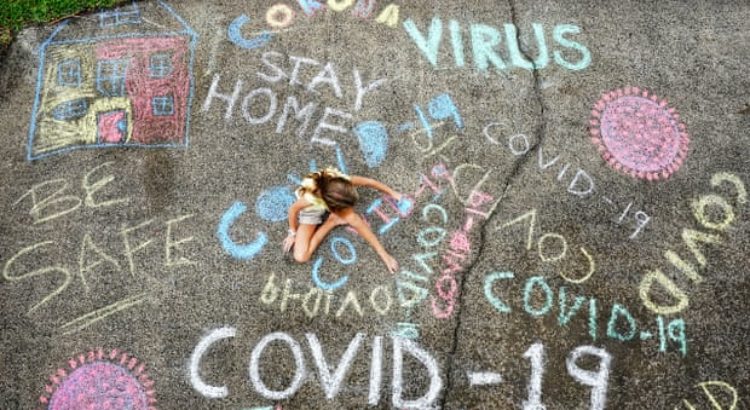








 Users Today : 7
Users Today : 7 Total Users : 35460024
Total Users : 35460024 Views Today : 13
Views Today : 13 Total views : 3418644
Total views : 3418644